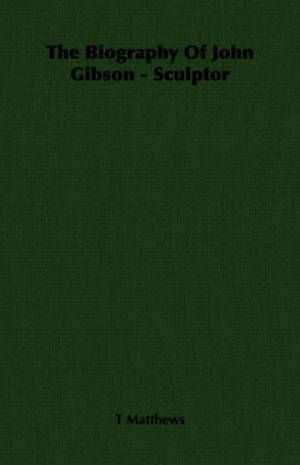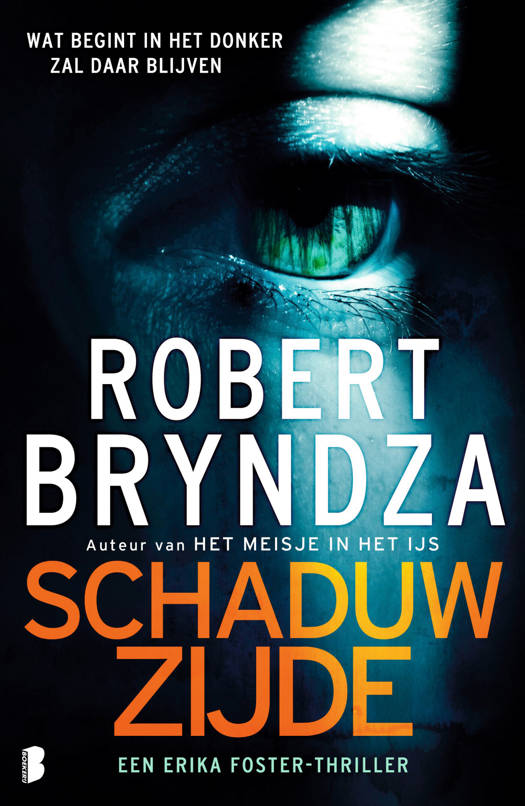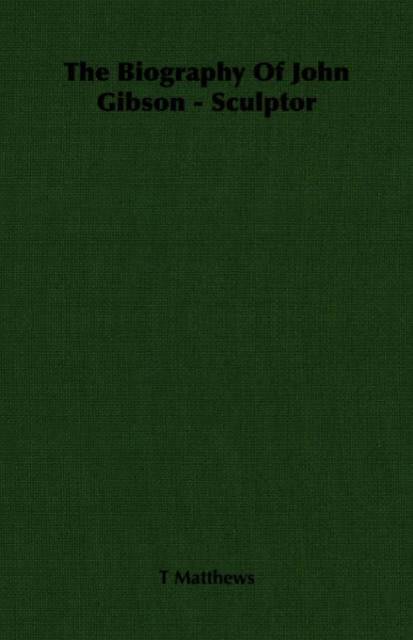
- Afhalen na 1 uur in een winkel met voorraad
- Gratis thuislevering in België vanaf € 30
- Ruim aanbod met 7 miljoen producten
- Afhalen na 1 uur in een winkel met voorraad
- Gratis thuislevering in België vanaf € 30
- Ruim aanbod met 7 miljoen producten
Omschrijving
THE BIOGRAPHY OF JOHN GIBSON - SCULPTOR, ROME BY T. MATTHEWS PREFACE THIS biography of John Gibson is largely an autobiography, being entirely based upon his own notes and letters and, as far as possible, in his own words. There can be no doubt that Gibson hoped that Mrs. Margaret Sandbach of Hafodunnos would write his biography. Mr. and Mrs. Sandbach visited Rome in 1838 and commenced a lifelong friendship with the famous sculptor. Mrs. Sandbach had inherited much of the talent of the Roscoes, and was a writer of considerable ability. As the granddaughter of his first patron William Roscoe, Gibson was predisposed to think highly of her. Nor was he disappointed. She must have elicited a promise from him to correspond with her regularly, to enable her to write a memoir of him. The letters commence with the year 1839. In them he writes as to a very intimate friend, indeed, as to a daughter, laying his heart bare, speaking quite frankly of his ideas and projects, giving incidentally an account of current events at Koine. The idea took more definite shape ten years later. Gibson explains his intention thus I have thought of writing a few notes upon my early beginning and progress at Liverpool for you, that when I am gone to the land of cloudless splendour, you might write a little memoir of inc. What I write for you would he simply those tacts of my youth, in which you would see a determined resolution to march on, feelings, affections, en thusiasm, sentiments upon artyou might build up something useful. Unfortunately, however, Gibson was not privileged in that respect, for Mrs. Sanclbaeh died in 1852. The notes which Gibson wrote seem to me to be such as should, for many reasons, be allowed to speak for themselves. The man writes without vanity, without boastfulness, of all that made life worth living for himto his most intimate friend. I have felt that the genius of the man speaks in his letters and notes. In one, he declares that Sculpture is my poetry but like many others of his countrymen, John of Conway could also write beautiful poetic prose. I therefore determined, in preparing this biography, to give his auto biographical notes almost as they were written, and when those terminate to complete the narrative from his letters. That was the only way to do him justice John Gibson should explain his poetry, his ideals, for himselfto do aught else would be to mar a very human document. May the meed of blame be mine John Gibsons the praise. Later, I hope to write a critical account of his life and work.
Specificaties
Betrokkenen
- Auteur(s):
- Uitgeverij:
Inhoud
- Aantal bladzijden:
- 324
- Taal:
- Engels
Eigenschappen
- Productcode (EAN):
- 9781406731507
- Verschijningsdatum:
- 12/11/2006
- Uitvoering:
- Paperback
- Formaat:
- Trade paperback (VS)
- Afmetingen:
- 140 mm x 216 mm
- Gewicht:
- 412 g

Alleen bij Standaard Boekhandel
+ 81 punten op je klantenkaart van Standaard Boekhandel
Beoordelingen
We publiceren alleen reviews die voldoen aan de voorwaarden voor reviews. Bekijk onze voorwaarden voor reviews.









